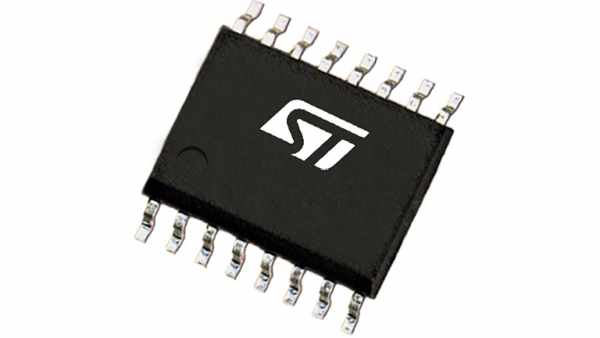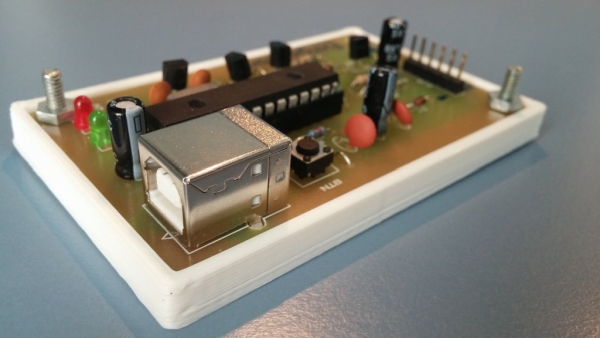Explore AVR assembly language
Let’s explore the AVR microcontroller along with its assembly language. We’ll develop an assembly program designed to make the LED on an Arduino Uno board flash on and off. Story Assembler programming operates at the hardware level, employing a concise set of instructions to execute mathematical operations and manipulate binary data. At this stratum, our […]
Explore AVR assembly language Read More »





